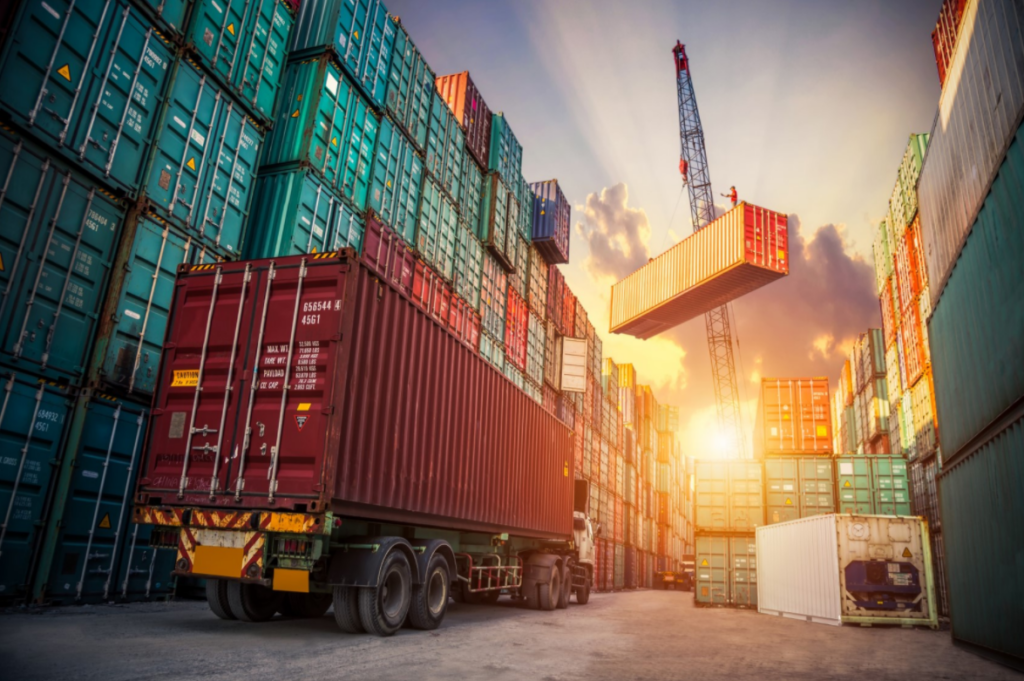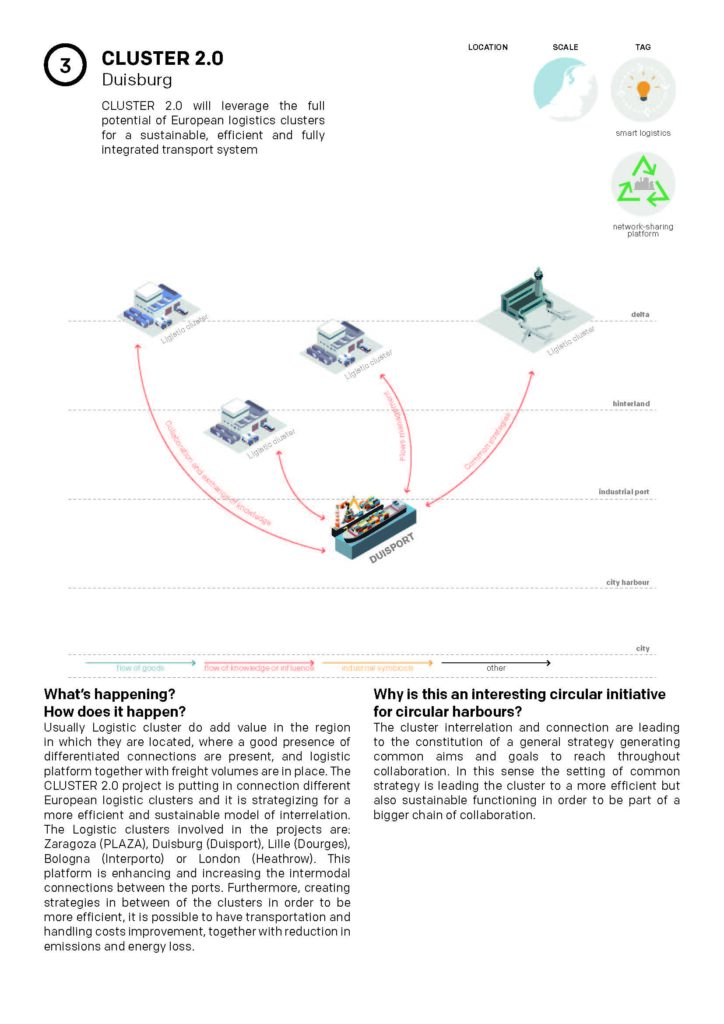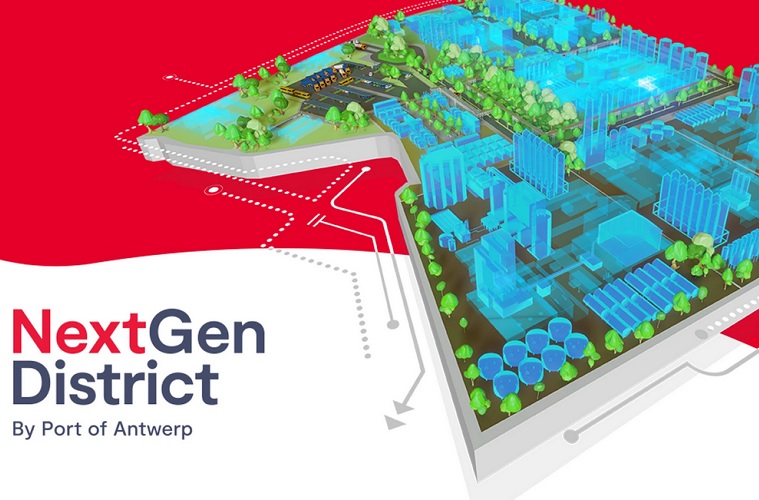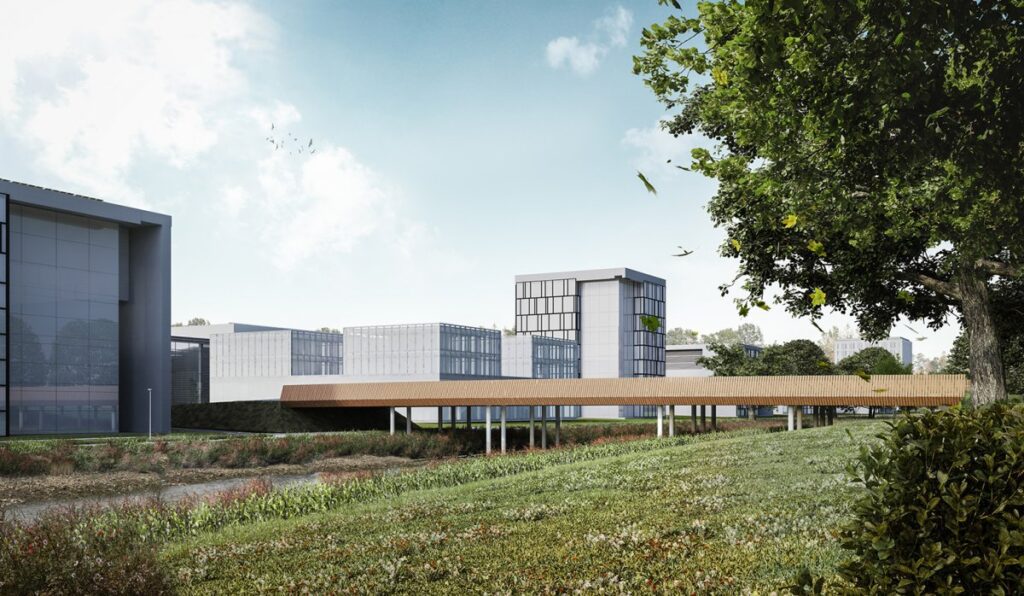Enhancing and increasing the intermodal connections between the ports
What’s happening? How does it happen?
Usually Logistic cluster do add value in the region in which they are located, where a good presence of differentiated connections are present, and logistic platform together with freight volumes are in place. The CLUSTER 2.0 project is putting in connection different European logistic clusters and it is strategizing for a more efficient and sustainable model of interrelation. The Logistic clusters involved in the projects are: Zaragoza (PLAZA), Duisburg (Duisport), Lille (Dourges), Bologna (Interporto) or London (Heathrow). This platform is enhancing and increasing the intermodal connections between the ports. Furthermore, creating strategies in between of the clusters in order to be more efficient, it is possible to have transportation and handling costs improvement, together with reduction in emissions and energy loss.
Why is this an interesting circular initiative for ports?
The cluster interrelation and connection are leading to the constitution of a general strategy generating common aims and goals to reach throughout collaboration. In this sense the setting of common strategy is leading the cluster to a more efficient but also sustainable functioning in order to be part of a bigger chain of collaboration.
Cluster 2.0 will leverage the full potential of European logistics clusters for a sustainable, efficient and fully integrated transport system.
What is the relation with the port and water?
The port of Duisburg is part of the network of the logistic clusters that the project in putting in connection. In this sense, at the local level the general strategy implemented by the project, is enhancing the intermodal transportation system, having the combination of rail and water ways put in relation and working together in the same location. Furthermore, experimentation of innovation solution for logistic are taking place in other clusters, bringing the results at the local level for the port of Duisburg. Moreover, one of the aim of the project is to enhance the already existing network of actors present at the local level, in this sense, the strategy for Duisburg is bringing to enlarge and straighten the network of collaborations already taking place.
What are the ambitions?
The ambitions of the project are the integration of logistic clusters in order to constitute a general European strategy and synchro modal transportation network. At the same time, constituting a strategy for low emission transport modes and strengthen freight management among the different logistic clusters. These ambitions can be reached thanks to the cluster cooperation along intermodal transport chains, together with the establishment of a dynamic platform in which could be possible to manage the cargo pooling and optimizing asset usage. Moreover, enhance the collaboration between the logistic cluster through the constitutions of differentiated services and building up new model for governance of smart logistic clusters.
Who is behind it?
CLUSTER 2.0 is incorporating different typologies of organizations, that play different roles in the local specific context, and have expertise in the field of logistic, in order to create a complete collaboration and defining common goals. In the group of many actors behind this project many different distinctive roles and specific competences can be covered.




